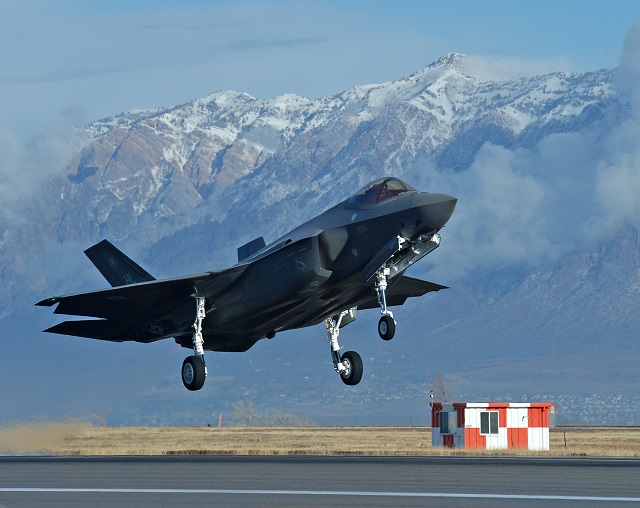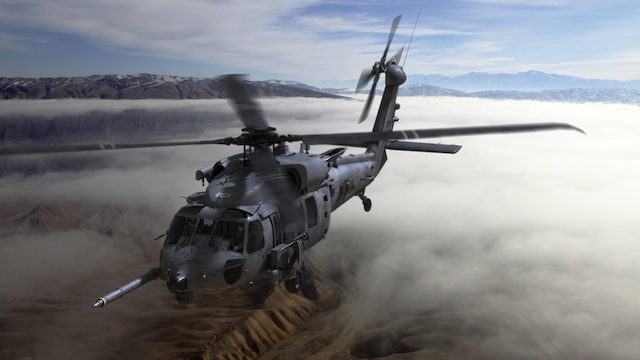Lockheed Martin chief executive Marillyn Hewson says the company ended 2015 “strategically and financially stronger” following the acquisition of Sikorsky and bump-up in F-35 Lightning II procurement funding for 11 more US aircraft in fiscal year 2016.
The company has also finalised a deal with Leidos for its information systems and global solutions (IS&GS) business, and predicts upward growth following a two-year budget deal in the USA that grows domestic defence spending for the first time since 2012.
Net sales grew 1.2% to $46.1 billion in 2015, with $15.5 billion of that coming from Lockheed’s aeronautics business – dominated by development and production of the Joint Strike Fighter, but offset slightly by lower F-16 volume and reduce F-22 sustainment work.

US Air Force
Annual F-35 production remains at a fraction of original company projections dated 2007, prior to the 2012 rebaselining, which anticipated more than 200 deliveries in 2015 and 230 in 2016. However, Lockheed successfully hit its delivery target of 45 orders in 2015, which represents a 25% production increase over 2014 rollouts. Hewson says 53 jets will be delivered this year – an 18% jump
“It’ll grow to roughly 59 or 60 in 2017, and by 2018 we’ll be up to roughly 100 aircraft,” she says. “We feel the programme is getting much more stable as we continue to ramp up.”
Lockheed recently received long-lead parts funding for its 11th and last low-rate initial production lot, and Hewson expects to transition from a fixed-price incentive contract to a fixed-price agreement in full-rate production, which could improve F-35 profit margins.
Aside from F-35, Lockheed delivered 21 C-130Js, 11 F-16s and nine C-5M upgrades in 2015 – compared to 24 C-130Js, 17 F-16s and 7 C-5Ms the year before.
Lockheed ended the year with a $5.3 billion multiyear contract for 78 C-130Js, which Hewson says will extends the long-running Hercules assembly line to 2019.

Sikorsky
On Sikorsky, company officials expect worse-than-expected commercial helicopter sales to be offset by new opportunities on the military and paramilitary side for search and rescue and border patrol, particularly in the Middle East, Asia and Eastern Europe.
Chief financial officer Bruce Tanner predicts commercial sales of about $375 million in 2016, excluding after-market services, but he cautions that the military offset won’t be felt in 2016 or 2017.
Hewson and Tanner expect revenues from Sikorsky to increase over time as it is incorporated into the wider business, thanks mostly to Lockheed’s customer relationships domestically and abroad.
“We have excellent expertise in doing business with the Department of Defence and with other governments around the world, and the work we do in international business development and government affairs here in the US,” Hewson says. “I think we understand government contracting to a greater extent.”
Tanner signalled more favourable terms in future and renewed contracts, in addition to improved manufacturing and business processes.
“Some of the terms and conditions; we’ll do some differently going forward, especially as it relates to cash,” he says. “I would like to think going forward it will be a stronger cash generator under our ownership than what it was previously.”
With Sikorsky now part of the business, Lockheed enjoys an orders backlog worth $99.6 billion. By comparison, that number would be $84 billion without Sikorsky – still an all-time high for Lockheed.
Source: FlightGlobal.com



















